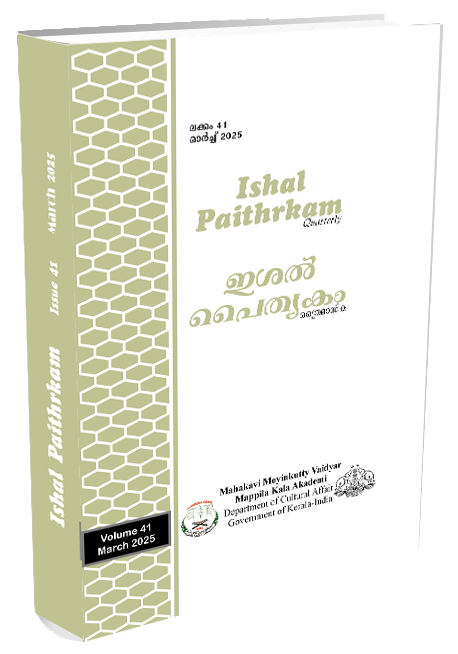Life in Review: Exploring the Intersection of Obituaries and Biographies
Abstract
Narrative forms like obituaries and biographies contextualise and represent the human instinct to contemplate, mark and memorialise the life of a deceased individual. While both forms serve as tools for documenting the essence of an individual’s life and achievements, the overlapping objective is unique – both forms offer distinctly diverse insights into how the dead are remembered. Obituaries, often considered as compressed biographies, serve as immediate public notices that announce a person’s passing. These carefully curated narratives encapsulate the personal qualities, milestones and remarkable accomplishments of the deceased. They are a public acknowledgement of the significance of these lives to the socio-cultural and political milieu. Obituaries function as a cultural reflection on mortality as they represent the collective desire to honour not only the acclaimed, but also the ordinary lives, by offering a brief overview of impact of the deceased on their community and family. Biographies in contrast engage in deep exploration of an individual’s life, after meticulous research and careful analysis. While obituaries are intended for immediate public readership, biographies function as an elaborate record, systematically investigating the complexities of the subject’s life, offering a more layered interpretation extending beyond the concise nature inherent in traditional obituaries. The study seeks to examine the narrative differences and the socio-cultural functions of the two forms by analysing the newspaper obituaries and the biography of Phoolan Devi titled The Bandit Queen of India: An Indian Woman’s Amazing Journey from Peasant to International Legend. The study also tries to understand the distinct purpose served by these two forms of life writing and how they contribute to shaping public memory and societal perceptions about an individual.
Downloads
References
Ashokan, N. (2001, July 26). Phoolan Deviye Vedivechu Konnu. Mathrubhumi, 1.
Binu, V.V. (2001, July 26). Phoolan Deviye Vedivechu Konnu. Malayala Manorama, 1.
Butler, Judith. (2004). Precarious Life: The Powers of Mourning and Violence. Verso.
Fowler, B. (2007). The Obituary as Collective Memory. Routledge.
Devi, P., Cuny, M., & Rambali, P.(2003). The Bandit Queen of India:An Indian Woman’s Amazing Journey from Peasant to International Legend. Lyons Press.
Prasad, Anurag. (2001, July 25). Phoolan Devi Shot Dead. The Times of India.
https://timesofindia.indiatimes.com/Phoolan Devi-devi-shot-dead/articleshow/1937455472.cms
Downloads
Published
Issue
Section
License
Copyright (c) 2025 ISHAL PAITHRKAM

This work is licensed under a Creative Commons Attribution-NoDerivatives 4.0 International License.

